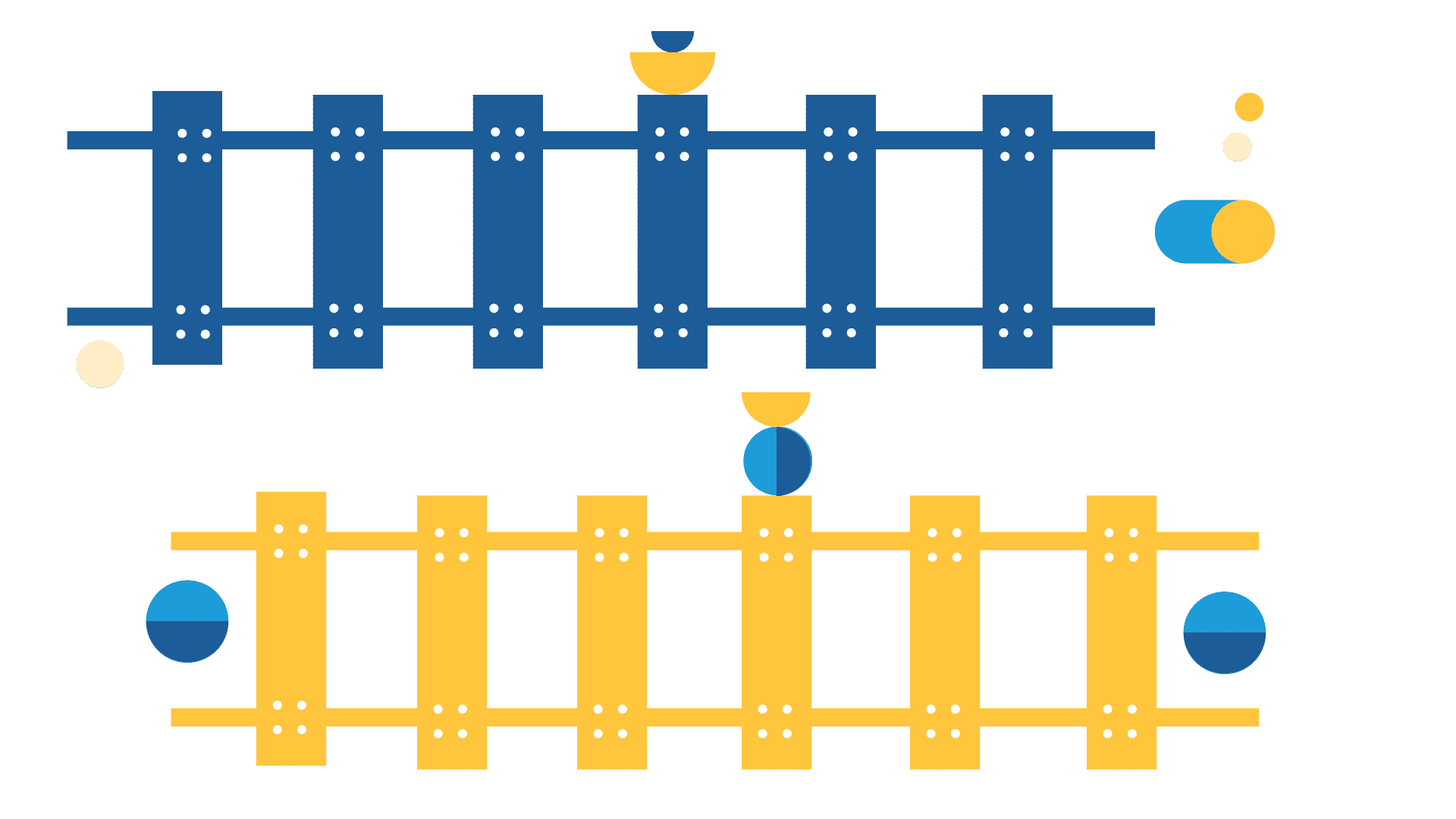
Railway Infrastructure – Asset Management – 02 JUL 2024
2023 Events Overview
Go to 2023 Events OverviewTopics: Life Cycle Management (LCM), Life Cycle Costs (LCC), Sustainability, Proof of Economic Efficiency
Focus: Life Cycle Management for turnouts
Participants: Infrastructure Management- Asset Management
Technical Departments
Economic Departments
Agenda
10.00 – 10.10 Introduction and agenda (Ingo Mayr-Knoch, weTHINK.)
10:10 – 10:40 Keynote 1: “Cause-Effect Relationship Between The Use of Resources and The Network Status Rating”, Björn Dickenbrok (Head of infrastructure condition evaluation, DB InfraGO AG)
10:40 – 11:10 Keynote 2: “HS2 – The UK Highspeed Railway Track – Lifecycle Management Strategy” – Simon Morley, Maintenance Manager, HS2 – John Smith, CEO voestalpine Signaling UK Ltd
11.10– 12.55 Interactive Panel discussion – “Asset Management Strategy of Railway Tracks”
Björn Dickenbrok (DB InfraGO AG)
Simon Morley (HS2)
Peter Veit (Graz University of Technology)
John Smith (voestalpine Signaling UK Ltd)
12:55 – 13.00 Wrap up and Announcement of the program of railway event 27 NOV 24
Abstracts:
“Cause-Effect Relationship Between The Use of Resources and The Network Status Rating”, Björn Dickenbrok
The network condition grade logic provides a transparent and intuitively understandable evaluation methodology for the technical condition of infrastructure. The forecast of the network condition grade depending on the use of funds can be realised by combining the network condition grade logic and scientific models to describe cause-effect-relationships. This makes it possible to calculate and present the effects of different financing scenarios on the quality of the rail infrastructure for the coming years.
Sponsored by
About weTHINK. Railway LCM
Knowledge Exchange
Goal is to build a knowledge exchange community for best practices on technical sustainability and economic efficiency for track superstructure.
Technical Sustainability
Increasing traffic pushes on track deterioration but also limits time for track work more and more. To overcome this problem further development of track must target more sustainable track components and track maintenance to reduce the demand of track possession without reducing track quality. This requires understanding of track deterioration, gained by time sequences of track data allowing forecasting of track behaviour and thus preventive maintenance.
Economic Efficiency
R&D within track needs to present sustainable solutions which show a high economic efficiency. As track shows costs only, track strategies can be economically evaluated by comparing different options. Standard evaluations can be used as calculating the dynamic annual average costs. Dynamic methods are required due to the long service lives of track, annual average costs are used to enable comparing strategies with different service lives. Furthermore costs of non- or reduced availability due to either track work or due to speed restrictions caused by poor quality need to be taken into account for a proper evaluation of track component and/or track maintenance strategies. These methodologies will be presented theoretically and on real examples.
Date
Time
Local Time
- Timezone: Europe/Berlin
- Date: 02 Jul 2024
- Time: 10:00 - 13:00
Next Event
- Energy Transition Conference – 16 OCTOBER 2024
-
Date
- Wed 10 2024
-
Time
- 10:00 - 13:00




